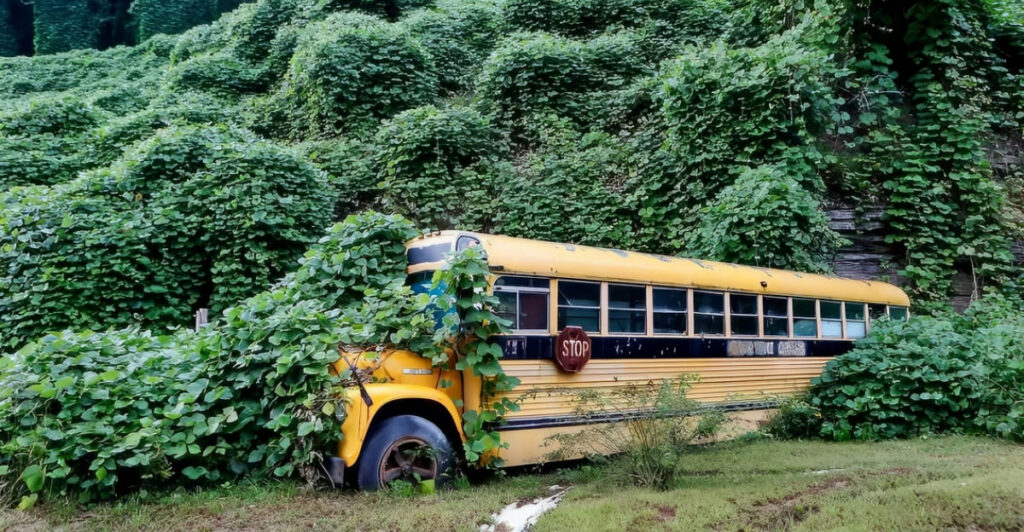
Invasive species are generally viewed as threats to ecosystems, but under certain circumstances, they can provide unexpected benefits. Their role in environments, especially those undergoing drastic changes, is complex. A notable example is Hawaii, where introduced birds have assumed ecological roles once performed by extinct native birds—but there’s a significant catch.
Kudzu: A Surprising Use
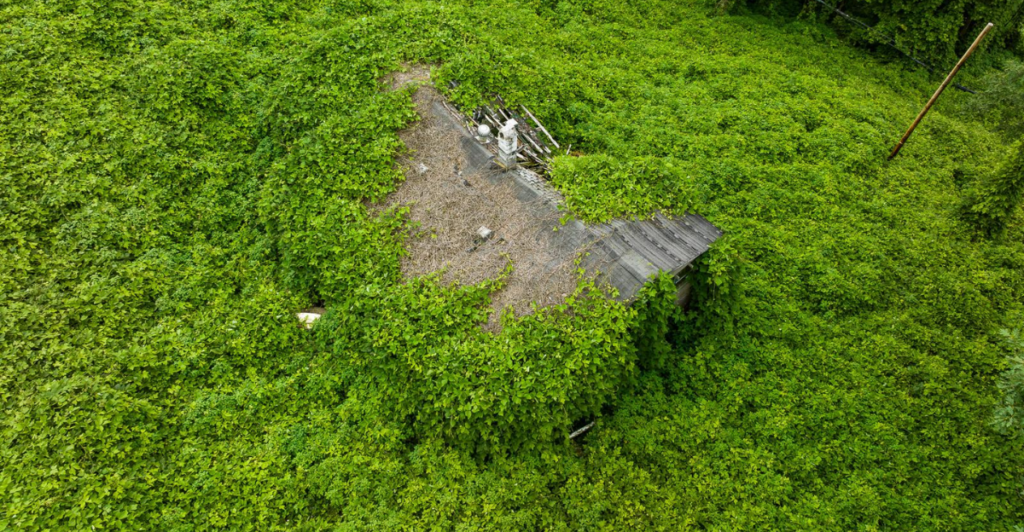
Known as “the vine that ate the South,” kudzu was introduced from Japan to control soil erosion. Though it spreads aggressively, kudzu has found unexpected uses. It can be used as livestock fodder, a food ingredient in products like kudzu jelly, and a source of starch for industrial purposes.
Tamarisk: Aid in Arid Environments
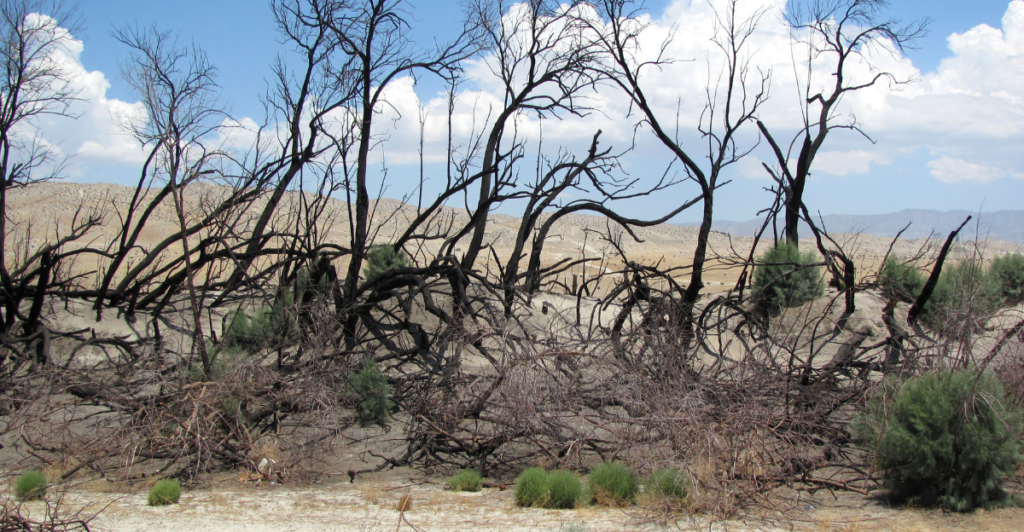
Tamarisk, or salt cedar, was introduced to the southwestern U.S. to combat erosion and provide shade in arid areas. While it displaces native vegetation, tamarisk stabilizes soil and offers habitat for wildlife. Tamarisk is now critical for the endangered Southwestern Willow Flycatcher, which nests in its branches.
Honeybees: A Double-Edged Sword
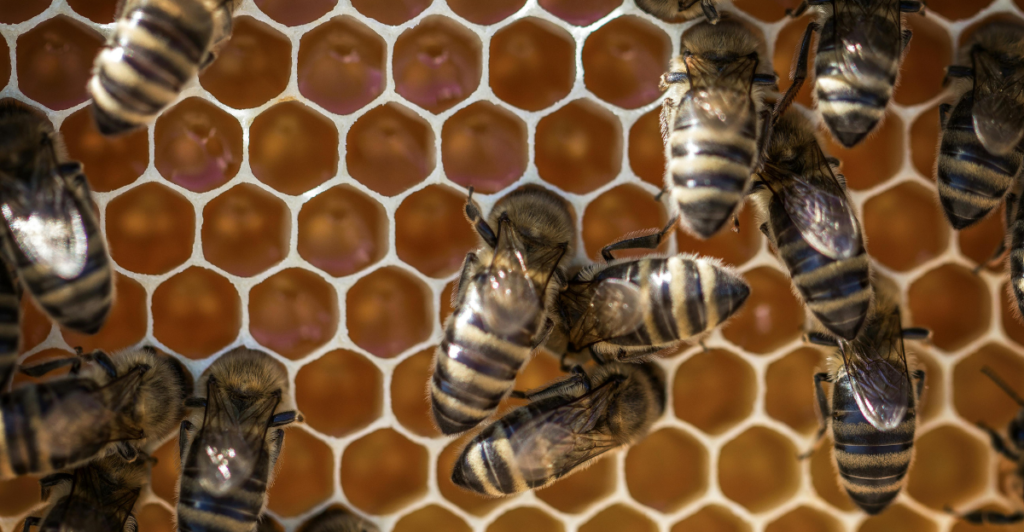
European honeybees, though non-native, play a vital role in pollination across U.S. agriculture, supporting crops worth billions annually. However, they can compete with native pollinators, potentially reducing biodiversity. Their benefits to food production highlight a nuanced view of non-native species.
Japanese Honeysuckle: A Pennsylvania Case Study
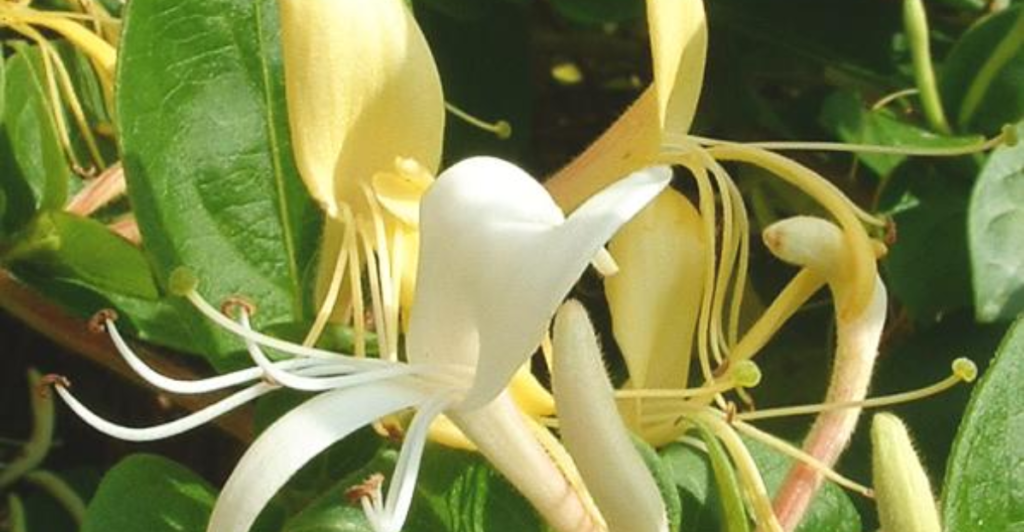
A recent study in Pennsylvania analyzed the role of Japanese honeysuckle, an invasive species that produces abundant fruit. The researchers observed high populations of American Robins and Gray Catbirds in honeysuckle-dense areas. Since these birds rely on fruit as a food source, the presence of Japanese honeysuckles appears to support their survival during critical autumn months. However, the long-term impacts on native plants and ecosystems remain uncertain.
Hawaii’s Lost Functions and New Actors
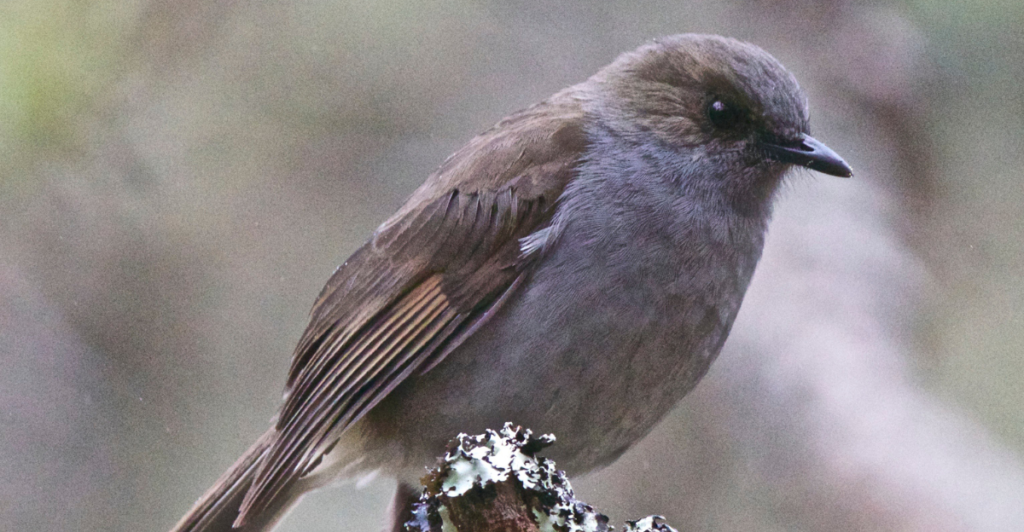
Hawaii has faced extensive species loss due to overhunting, deforestation, and introduced predators. Native birds played a vital role in pollination and seed dispersal. Today, with over 67% of Hawaii’s native bird species gone, introduced non-native birds have begun filling these essential roles.
Non-native Birds: Partial Substitutes
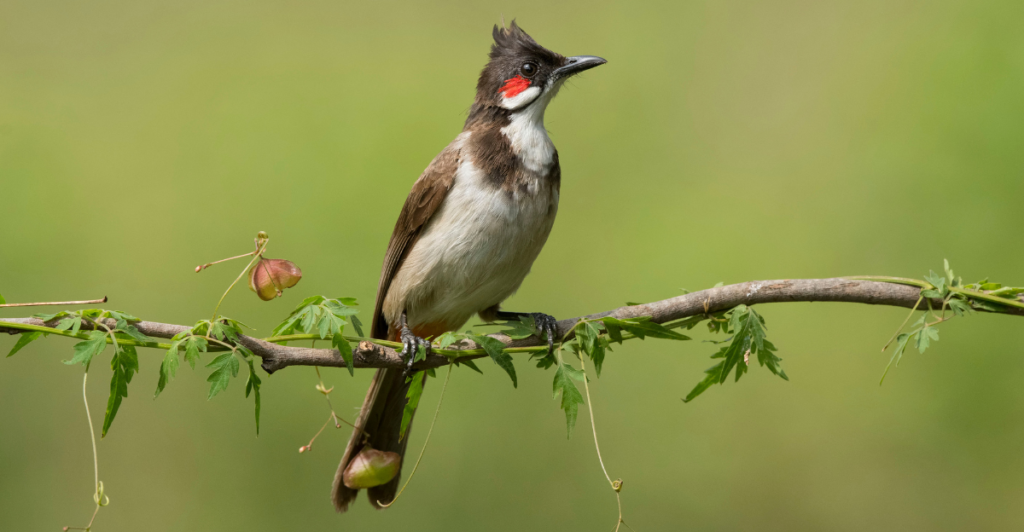
Birds brought to Hawaii for purposes such as pest control and recreation now assist with seed dispersal and pollination. On islands like O‘ahu, where native fruit-eating birds are extinct, non-native species have become the sole seed dispersers for many native plants.
The Catch: Size Matters
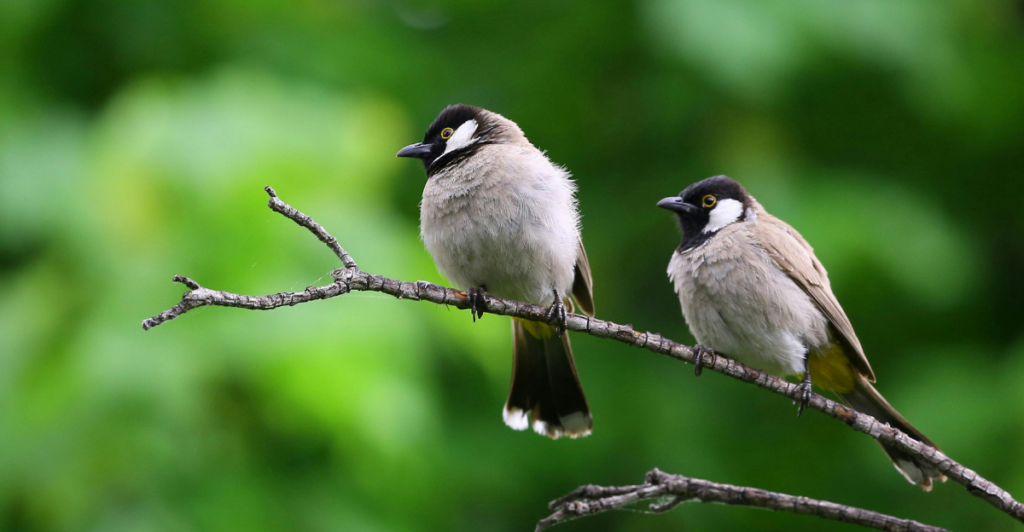
Research reveals a critical difference: modern introduced birds have gape widths (mouth sizes) 40% smaller than those of extinct native species. This limits their ability to disperse large seeds, which places certain large-seeded plants at risk of extinction.
Should We Rewild Hawaii?
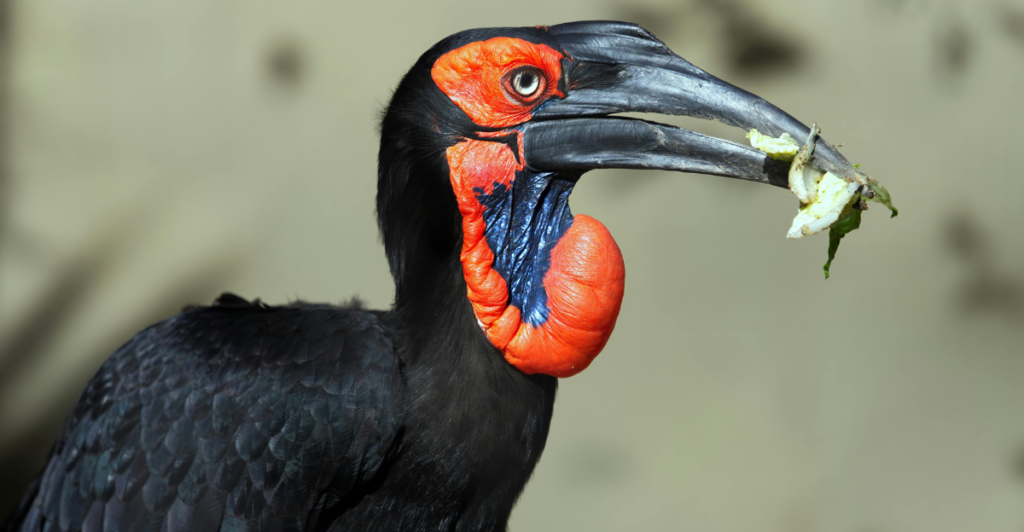
One proposed solution is to introduce birds with larger mouths to replicate the ecological functions of extinct species. However, such deliberate introductions (rewilding) carry risks. Without careful management, rewilding could unintentionally spread large-seeded non-native plants.
The Non-native Plant Problem
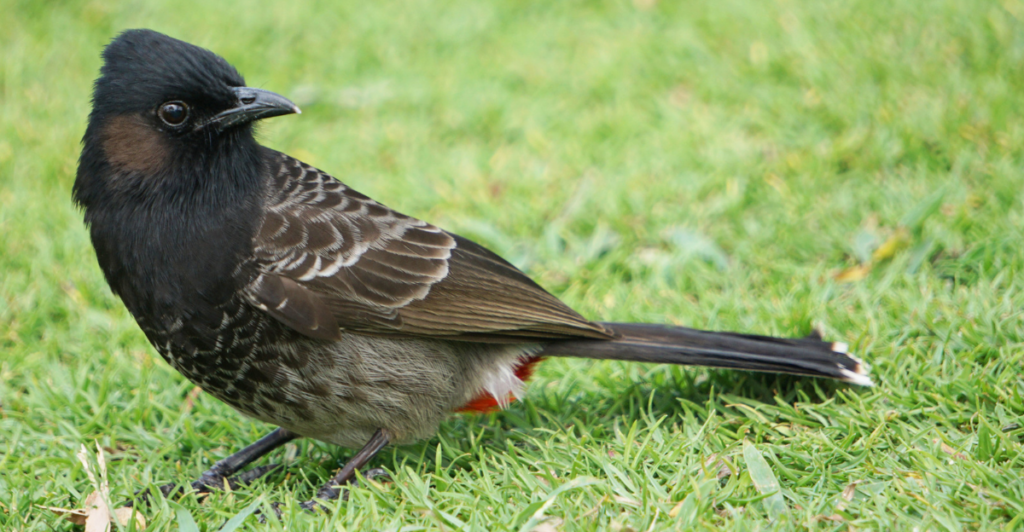
Non-native birds don’t differentiate between native and non-native plants; they disperse what is most abundant. On O‘ahu, where invasive plants dominate, non-native birds are aiding the spread of invasive vegetation. However, on less-invaded islands like Maui, non-native birds primarily disperse native seeds.
Balancing Non-native Benefits and Risks
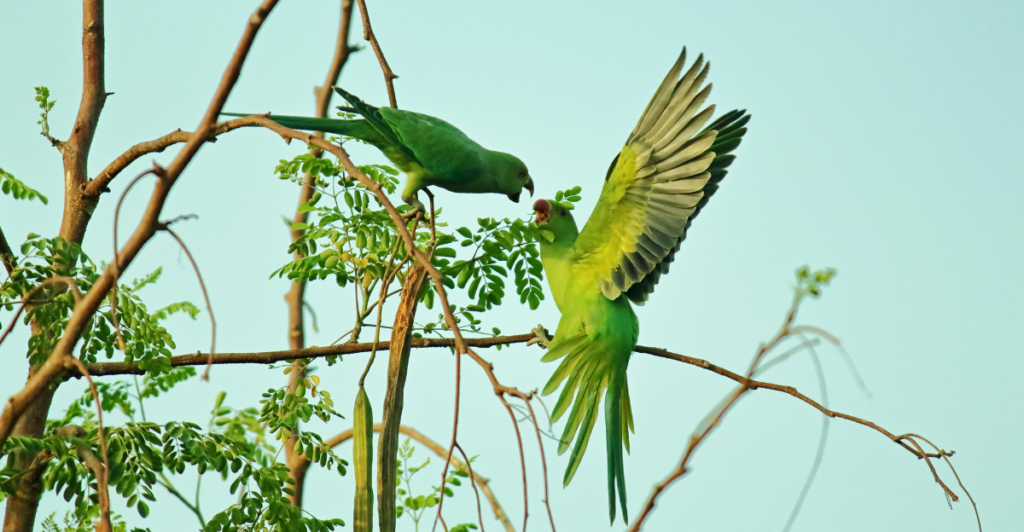
While non-native birds can provide ecosystem benefits, their impacts depend heavily on the plant community’s composition. Removing all non-native birds could further harm native forests, stripping them of their primary seed dispersers.
A Context-Sensitive Approach
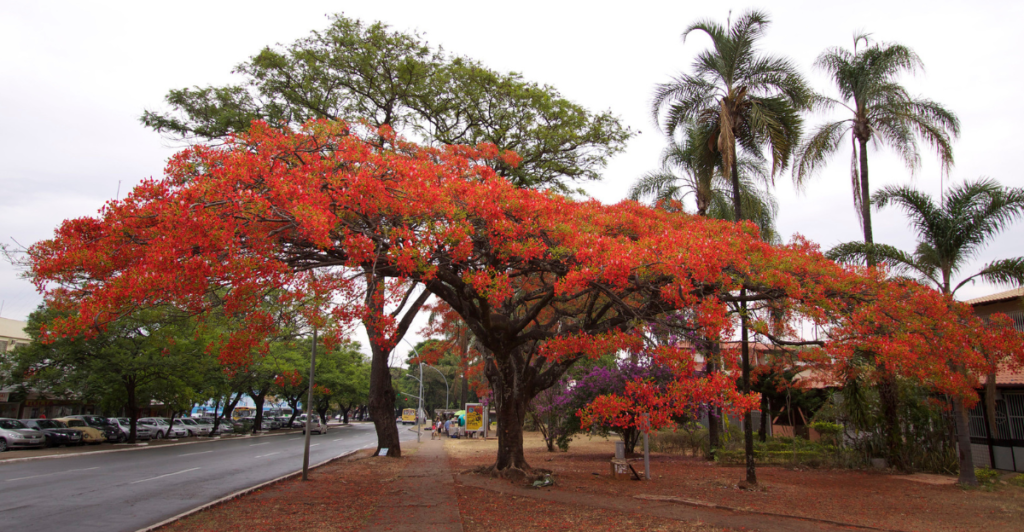
Conservation efforts must consider each invasive species’ ecological role rather than label them universally as harmful. Managing invasive plants and identifying functional benefits provided by non-native species can help protect ecosystems in dynamic environments like Hawaii.
Navigating Invasive Species
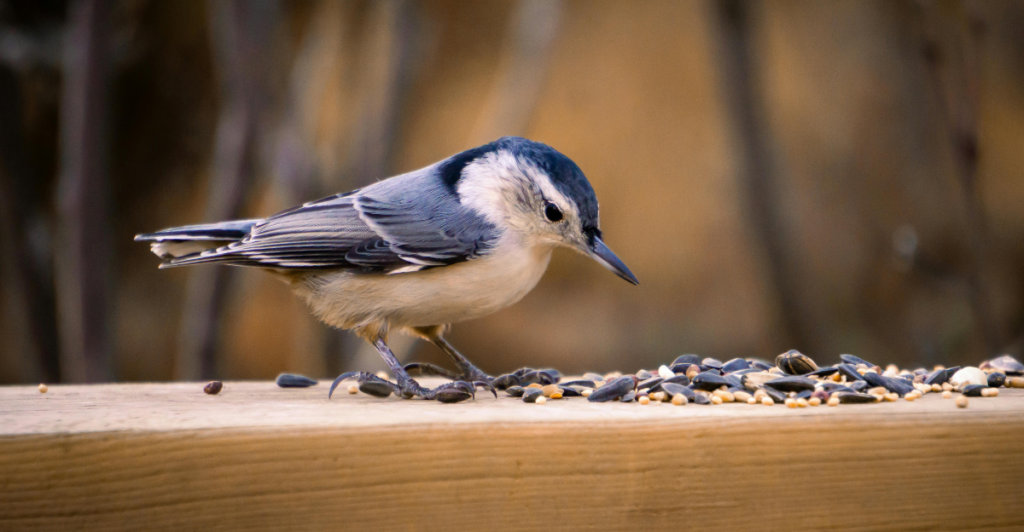
While most invasive species harm ecosystems, Hawaii illustrates a rare case where non-native species offer functional benefits. These examples highlight the need for nuanced conservation approaches. By managing invasive plants, monitoring non-native species, and assessing ecological functions, we can better navigate the challenges of invasive species in a rapidly changing world.
Stay connected with us for more stories like this! Follow us to get the latest updates or hit the Follow button at the top of this article, and let us know what you think by leaving your feedback below. We’d love to hear from you!







